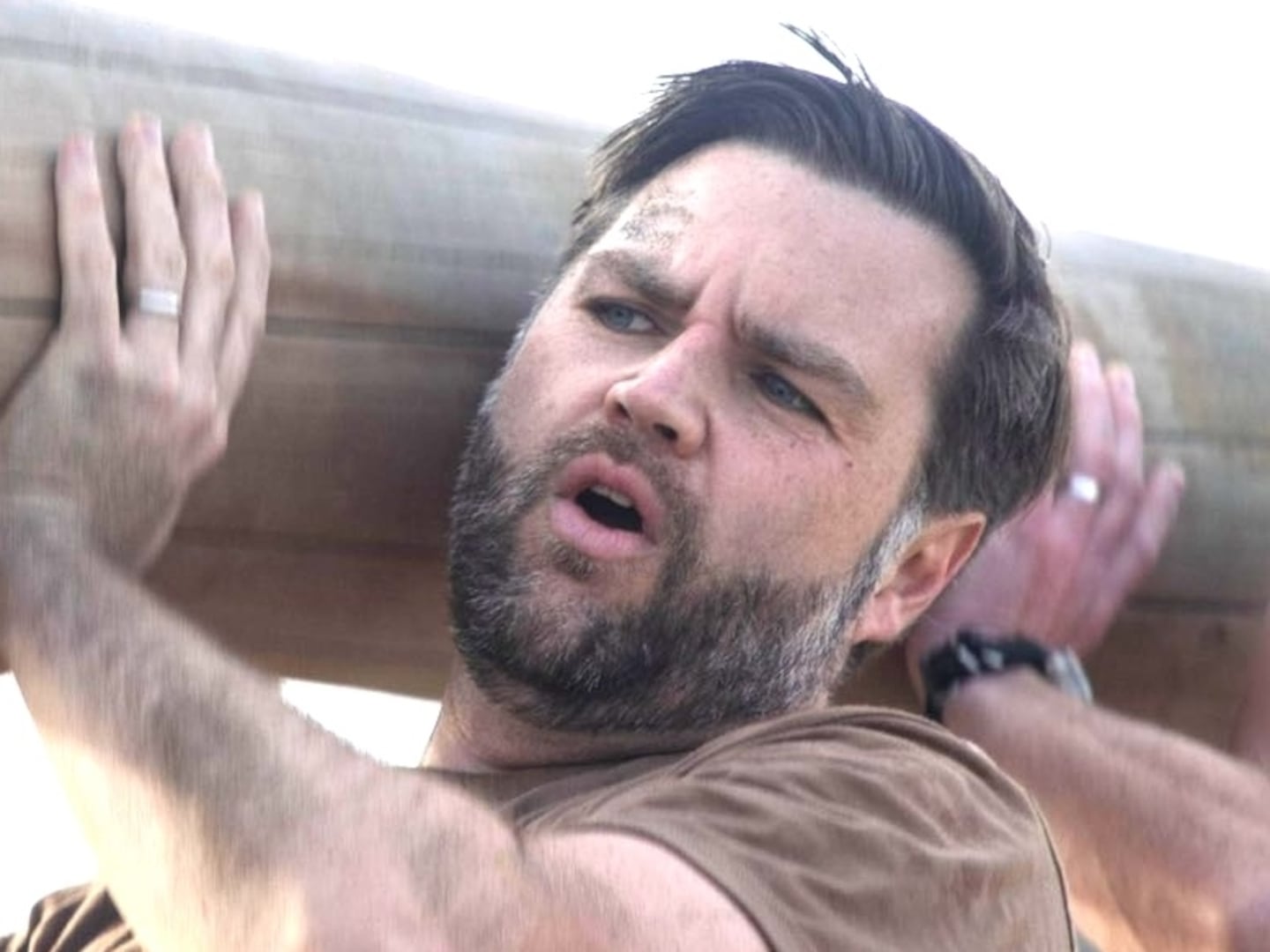By Michael Schletter for Life by DailyBurn
Just because we love sports and the athletes who dominate them doesn’t mean we can serve a ball like Serena, or sink game-winning shots like Kobe. The elite level of fitness and tenacity that top athletes possess can seem otherworldly, making it easy to doubt our own strength, skill and potential. But beyond their innate abilities, it’s the training these pros undergo that allows them to succeed in their sport year in and year out—and reap the benefits long after they retire (hello, Michael Strahan, Michael Jordan, Erinn Smart and Jenny Finch).
So why aren’t you training like an athlete? Sure, you might not have the Olympics coming up, but that doesn’t mean you won’t experience the benefits of a tailored, task-specific and level-appropriate training program. Sill not convinced? Here are four reasons you should be training like the pros.
One of the most common issues that people face in everyday life is lower back pain. It’s almost unavoidable if you sit at a desk all day, as this position forces the hipbones into a posterior tilt, compromising the integrity of the spine by taking it out of its natural arch. Andrew Sakhrani, CSCS, Montreal-based personal trainer and former collegiate strength and conditioning coach, says by using a sport-specific core training regimen (hint: skip the crunches), individuals will strengthen important stabilizer muscles, as well as the lower back. This, in turn, will teach those muscle groups to work together, “a phenomenon commonly referred to as reciprocal strength, which is an integral part of injury prevention and athletic performance,” he says. This strategy has proven effective in preventing low back pain and injuries in his athletes as well as his everyday clients, Sakhrani says.
On any given day, chances are you drop something on the floor you have to bend down to pick up, you walk up and down a flight of stairs or chase the bus down as it pulls away. All of these situations require lower-body strength and coordination, which is often neglected in most weight training regimens. Sure, running and cardio are good for your heart, but they certainly don’t count as lower-body exercises—the mechanical load isn’t great enough to stimulate change.
According to Sakhrani,“Doing [lower-body] exercises works on muscles that help maintain an active lifestyle as well as enhance athletic performance,” listing benefits such as gait improvement for easier walking, better balance, more eccentric control (the ability to absorb impact), and enhanced recovery through growth hormone production. He also notes that these exercises often hit muscles that we forget or intentionally avoid at the gym. More often than not, neglecting moves such as the squat or dreaded deadlift can lead to higher chance of injury. For example, back pain can be alleviated by strong glutes—a result of squatting and deadlifting.
When you lift weights, chances are you focus mostly on pushing motions, just like that gym rat on the bench press day in and day out. This short-sighted type of training often leads to imbalances, which can hinder progress in other motions and lead to injury down the road. “Symmetry, both front-to-back and side-to-side, helps us function every day and prevents injuries,” says Sakhrani. “Athletic upper-body exercise programs are often designed to balance strength and muscle development.” For example, instead of doing a just a regular bench press in the gym, football players mix in the incline bench press to improve their pushing strength from that angle, and therefore their ability to block. Baseball players do woodchops not only to work their abs and core but in hopes to increase their swinging power so they can hit home runs.
Great athletes are like well-oiled machines, and as such need regular maintenance to make sure they function at their best. This also applies to the rest of us. By lifting weights, our bones and muscles get stronger, our nervous system stays active, and our internal organs stay healthy. “Exercise, specifically weightlifting, has been proven to reduce the chance of osteoporosis in women and improve bone mass and density in both men and women,” Sakhrani says. So why not pick up some iron and take a page from your favorite athlete’s book?
As the saying goes, “If you have a body, you are an athlete.” So start training like one now.
MORE FROM DAILYBURN






